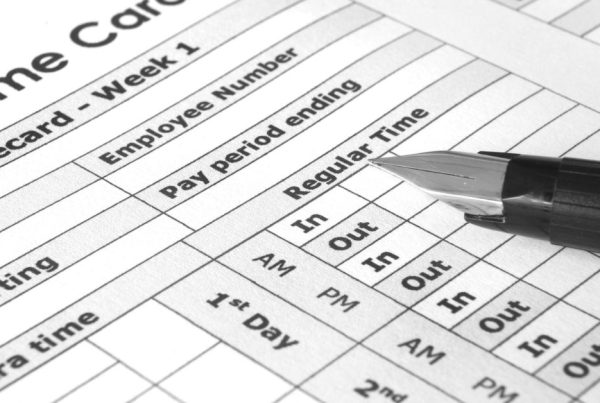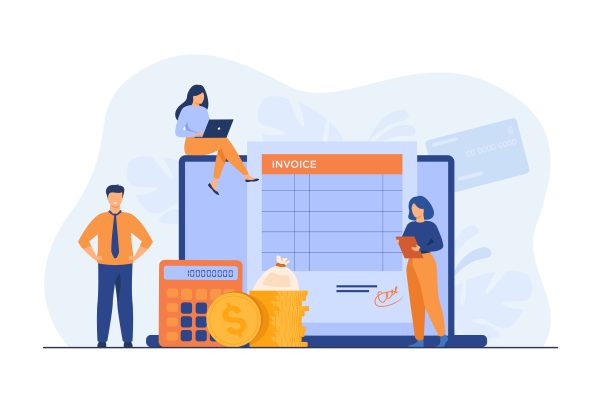
In the dynamic field of engineering, leveraging digital twins has emerged as a transformative approach for enhancing project lifecycle management. Digital twins, which are virtual replicas of physical assets, enable improved visualization, real-time monitoring, and predictive analytics, driving more efficient project outcomes from conception to completion. By integrating digital twins with robust time and expense tracking solutions like Minute7, engineering firms can streamline their processes, optimize resource allocation, and achieve higher precision in project execution.
Understanding Digital Twins in Engineering Projects
A digital twin is a virtual replica of a physical object or system that accurately reflects its real-world counterpart. This technology spans the entire lifecycle of the object and is continuously updated with real-time data. Unlike passive models, digital twins actively use simulation and machine learning to aid decision-making processes (IBM).
The concept of digital twins was first recognized in 2002 by Michael Grieves at the University of Michigan, but its roots can be traced back to NASA’s space programming in the 1960s. During the Apollo 13 mission, NASA used a digital twin model to simulate and assess conditions from the ground, playing a crucial role in the mission’s successful rescue (Challenge Advisory). The evolution of digital twin technology has been accelerated by advancements in computing power, Internet connectivity, and the rise of the Internet of Things (IoT), which allows for real-time data collection from sensors (LinkedIn).
Digital twins are critical in modern engineering projects for several reasons:
- Accuracy: They provide a precise digital model that reflects real-world conditions.
- Efficiency: By simulating changes in the digital twin, costly mistakes on the actual site can be avoided.
- Management: Digital twins aid in managing resources and predicting maintenance needs.
- Collaboration: They allow different teams to work together more effectively by sharing a single source of truth (Datumate).
These benefits have made digital twins indispensable across various industries, including construction, healthcare, automotive, and aerospace. They are extensively used in product lifecycle management (PLM) processes to capture, codify, process, and communicate product knowledge across organizations (McKinsey).
In conclusion, digital twins have transformed engineering, offering powerful tools for designing, managing, and optimizing physical objects and systems. Their role in project lifecycle management is increasingly recognized, promising a future with even more sophisticated capabilities for managing complex projects.
Benefits of Digital Twins for Project Lifecycle Management
Digital twins offer numerous benefits that enhance project lifecycle management in engineering firms. By leveraging this technology, firms can achieve improved visualization and design accuracy, real-time monitoring and data collection, and predictive analytics for proactive decision-making.
Improved Visualization and Design Accuracy
Digital twins provide a virtual model that mirrors physical assets, systems, or processes, enabling enhanced visualization and design accuracy. This capability is particularly beneficial in construction and manufacturing sectors, where precise replication of physical entities aids in managing resources and improving communication among stakeholders. The ability to visualize and optimize manufacturing and quality control processes through digital twins offers valuable insights for diagnostics and system analysis (source) (source).
Real-time Monitoring and Data Collection
One of the standout features of digital twins is their ability to facilitate real-time monitoring and data collection. This technology enables instant data integration from various sources, providing a dynamic flow of information that allows businesses to continuously adjust their performance. Real-time integration ensures that all stakeholders have access to the most current data, thereby supporting better decision-making and operational efficiency. However, challenges such as data uncertainty can still pose issues in real-time analysis (source) (source).
Predictive Analytics for Proactive Decision-Making
Combining digital twin technology with predictive analytics results in advanced models that aid proactive decision-making. Digital twins can predict machine settings, process parameters, and interactions between different operational units, helping prevent potential issues and improve overall efficiency. This predictive capability is vital for converting data into actionable insights, enabling real-time decision-making and enhancing project outcomes (source) (source).
Case Studies or Examples Showcasing Successful Implementation
Although specific case studies of digital twin implementation in project lifecycle management are limited, the technology’s benefits across various industries are well-documented. For example, digital twins have been used to enhance supply chain visibility in logistics, demonstrating their versatility and effectiveness. Literature such as “Digital Twins in Construction: The Future of Project Management” further highlights the transformative power of digital twins in managing construction projects (source) (source).
In summary, digital twins significantly improve project lifecycle management by offering enhanced visualization, real-time monitoring, and predictive analytics. These benefits empower engineering firms to achieve higher precision, efficiency, and effectiveness in their projects.
Integrating Digital Twins with Time and Expense Tracking
Time and expense tracking are pivotal in project management, providing insights into the allocation of resources and overall project performance. Accurate time tracking ensures that project managers can monitor the hours spent on various tasks, assess workforce efficiency, and identify areas needing attention (source). This is particularly crucial for engineering firms where precise budgeting and resource management are essential.
Digital twins can significantly enhance the efficiency of time and expense tracking by providing a dynamic, real-time view of project elements. By integrating digital twin technology with time-tracking systems, engineering firms can gain a comprehensive understanding of how time is spent across different project phases. This integration allows for better visualization of task progress, leading to more accurate project timelines and improved resource allocation (source).
Minute7’s solutions complement digital twin technology by offering robust tools for time and expense tracking that can seamlessly integrate with digital twins. For instance, project managers can use Minute7’s platform to track hours worked on specific tasks in real-time, thanks to the data provided by digital twins. This combination allows for a holistic view of both the physical and digital aspects of a project, enabling more informed decision-making.
To practically integrate these tools, engineering firms can follow these steps:
- Assess Digital Twin Relevance: Evaluate the digital twin architecture to determine its applicability to specific project tasks.
- Streamline Data Flows: Segment and organize data sources to ensure smooth data integration between digital twins and tracking tools.
- Implement Real-time Integration: Set up real-time data integration mechanisms to consolidate and make data available instantaneously from various sources.
- Overcome Implementation Challenges: Address potential challenges such as data latency, handling large volumes of data, ensuring data accuracy, and integration complexities (source).
By following these steps, engineering firms can effectively leverage the synergy between Minute7’s solutions and digital twin technology. This integration not only enhances the accuracy and efficiency of time and expense tracking but also supports proactive project management, ultimately leading to better project outcomes.
Embracing Digital Twins for Optimal Project Outcomes
As we have explored, integrating digital twins into engineering project lifecycle management offers unparalleled advantages. This technology provides precise visualization, real-time monitoring, and predictive analytics, empowering engineering firms to streamline their operations and make data-driven decisions. By enhancing design accuracy, facilitating better resource management, and enabling proactive problem-solving, digital twins can revolutionize the way engineering projects are executed.
Moreover, when combined with robust time and expense tracking solutions like Minute7, the benefits of digital twins are further amplified. Minute7’s platform allows for meticulous tracking of hours and expenses, ensuring that every aspect of a project is accounted for with high precision. This seamless integration not only enhances the efficiency of project management but also provides a comprehensive view of both the digital and physical dimensions of a project, fostering more informed and effective decision-making.
Engineering firms looking to stay competitive and achieve optimal project outcomes should consider adopting digital twin technology alongside Minute7’s time and expense tracking solutions. This powerful combination will help them navigate the complexities of modern engineering projects, ensuring timely delivery, cost efficiency, and superior quality. With Minute7 as a partner, engineering firms can leverage the full potential of digital twins to drive their projects to success.



